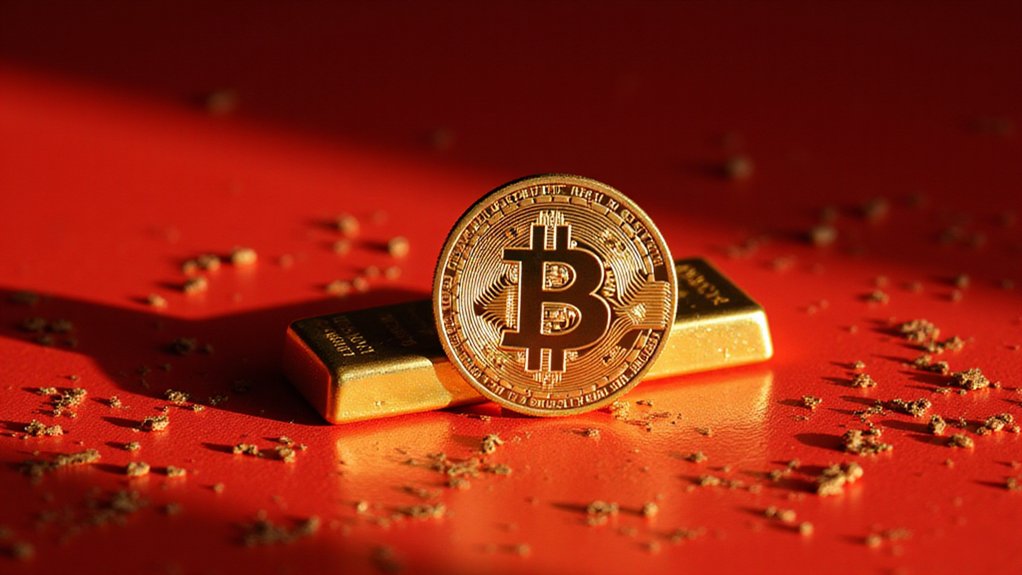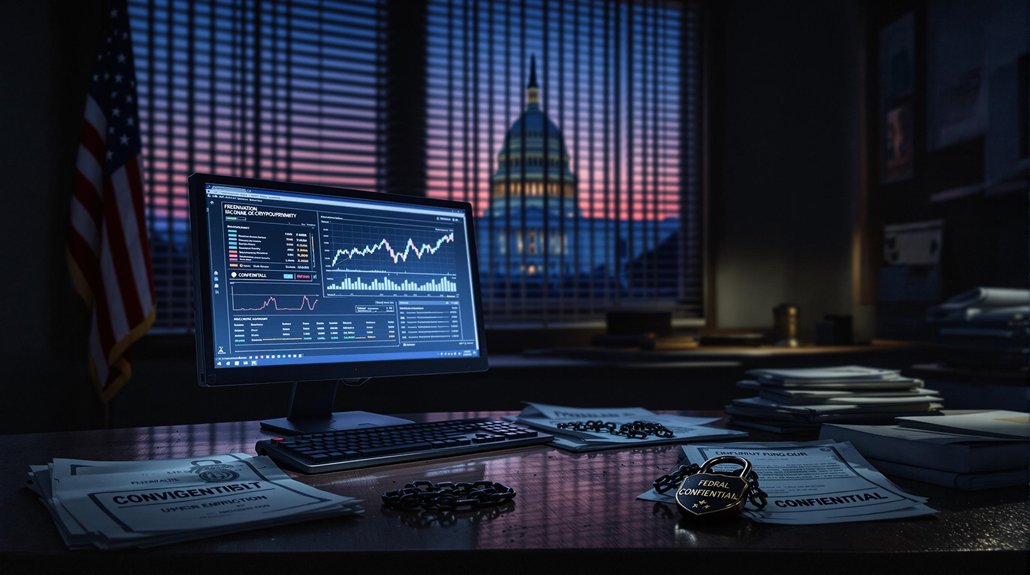As Bitcoin’s price continues to climb past previous records, major banks and investment firms are pouring billions into the cryptocurrency market. BlackRock and other financial giants are buying Bitcoin for their clients. The recent approval of spot Bitcoin ETFs has made it easier for regular investors to buy Bitcoin through traditional investment accounts.
Companies aren’t just investing anymore. They’re making Bitcoin part of their business strategy. Block, Inc. now puts 10% of its Bitcoin profits back into buying more Bitcoin every month. Some countries and corporations are also adding Bitcoin to their treasuries as protection against inflation.
The global economy is pushing more people toward Bitcoin. Central banks keep printing money, which makes regular currencies worth less over time. When interest rates drop to zero or below zero, investors often turn to riskier assets like Bitcoin. People in countries with strict money controls are using Bitcoin to move their wealth across borders safely.
Bitcoin’s technology keeps getting better. The Lightning Network makes Bitcoin payments faster and cheaper than before. New security features like Taproot make the network more secure. Hardware wallets and better mining equipment are making Bitcoin easier and safer to use. Payment companies are starting to accept Bitcoin, which means people can use it for everyday purchases.
Price predictions vary widely, but most experts see Bitcoin going much higher. Some predict it’ll reach $80,000 to $200,000 by 2025. Jack Dorsey, who runs Block, thinks Bitcoin’s total value could exceed $20 trillion by 2030. Many analysts agree on a price between $150,000 and $180,000 in the next few years. One major platform projects Bitcoin at $140,511 by 2030. Galaxy Digital specifically forecasts Bitcoin reaching up to $185,000 while Fidelity’s long-term outlook extends to $1 billion by 2038-2040. Current forecasts show Bitcoin averaging $160,318.32 throughout 2025, with potential peaks reaching even higher levels.
Governments are creating clearer rules for Bitcoin, which makes big investors feel safer. The U.S. and Europe are working on regulations that could reduce risks for buyers. Some countries might even start buying Bitcoin themselves, following El Salvador’s example.
Bitcoin’s limited supply of 21 million coins makes it different from regular money that governments can print endlessly. This scarcity is attracting investors who worry about their money losing value. While Bitcoin’s price will likely remain volatile, the combination of institutional adoption, better technology, and economic uncertainty could drive unprecedented growth beyond 2025.









